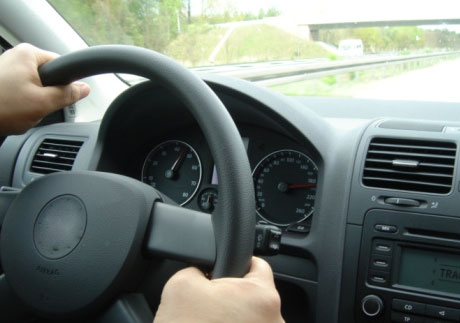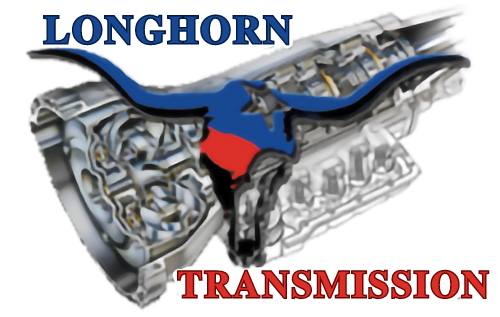
Getting a used vehicle will be a best option for people looking for the convenience of their preferred vehicle type at a aspect of the cost of the new-mode options. When purchasing a used vehicle, no matter if from used vehicle dealers or personal companies, make sure that you do a complete check up of the vehicle. This can help to find out if the vehicle is a very good match for you as well as the reasonable cost you must pay for the vehicle based mostly on its repair and overall performance levels.
The very first step to buying a used vehicle is to think what type of vehicle you'd like to purchase. Simply think if you want a smaller, fuel-effective vehicle or a large SUV that you will use to travel your loved ones all-around. Short list of the vehicle types you want to manage an vision out for can minimize the natural choice-making you may be pressured to conduct when looking around the vehicle lot of a used vehicle seller.
The following step is to test the vehicle to get to know if it can live up to your aims of major happy family travels in the car or going out to enjoy long travel on a specially stressful working day. A pre-test and a test drive are the two factors of checking a used car.
Doing a pre-test
A pre-test is your first experience with a vehicle that you could be operating for a long time to come. Make sure that you carefully review various aspects of the vehicle throughout the test. Make sure to:
Examine below the engine
Examine for damaged tubes and devices. Any types of blemishes or decay could show that the vehicle was improperly managed. Darker brown leafy oil spills on the motor stop point to a flow in the gasket which could cause to costly maintenance in the future.
Check the wheels
The wheels must be put on equally and must be in appropriate position. Poor alignment could be a sign of harm suffered by the structure of the vehicle or of used guiding/headgear factors.
Examine the odometer
One of the popular vehicle frauds that may be perpetrated by greedy vehicle sellers is moving the odometer back to display a lower usage. Check for signs of tampering, if any.Also, make sure that you get each time and usage into consideration when evaluating the problem of a used vehicle, as each of them is liable for a vehicle 'getting older'. Lower usage may not be an excellent sufficient purpose to lender upon a 15-year old car.
Getting a test drive
Once you have conducted a initial test of the used vehicle, you must get the car out for a test drive.
There are specific factors to keep in mind when going out for a test drive.
Change up your direction
Don't be advised by the sales rep throughout a test drive (select to go out by itself, if possible). Plan a route that contains simple and difficult roads, local streets, highways and empty parking lots.
Find out the tire position
On a vacant road or vehicle parking lot, discharge your grip on the directing tire to see if the vehicle leads directly. If rather, the car drifts to one part or the other, it's a issue of problem you must raise with the car seller.
Test the brake systems
When you put your foot to the brake pedal, the vehicle must come to a stop in a straight line. Look out for a brake pedal that pulsates or feels soft.
Purchasing a used vehicle can confirm successful if you place in time and efforts to get various vehicles for a rotate and stay careful to symptoms of a improperly managed or broken vehicle. To be specific of the problem of the vehicle you are preparing to purchase, you must consult a certified mechanic to check it as nicely. For more info visit www.transmissionrepairarlingtontx.net
